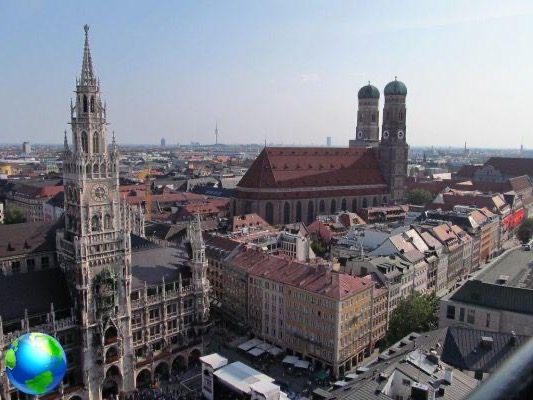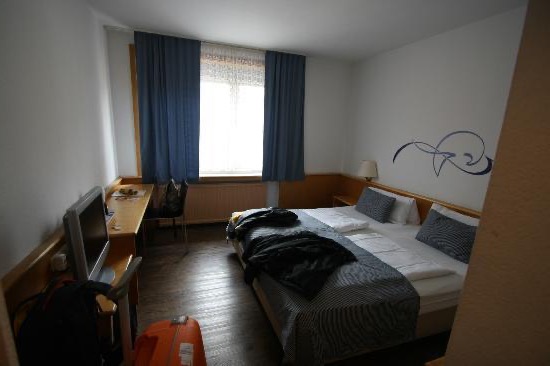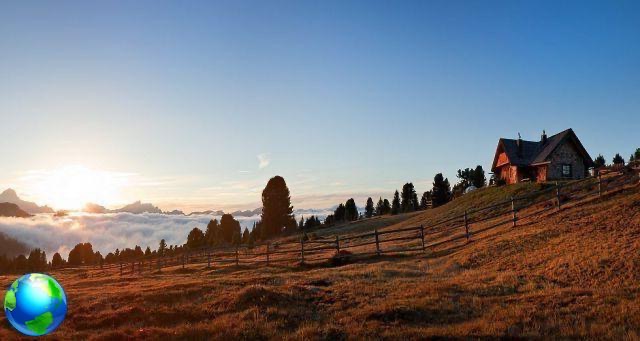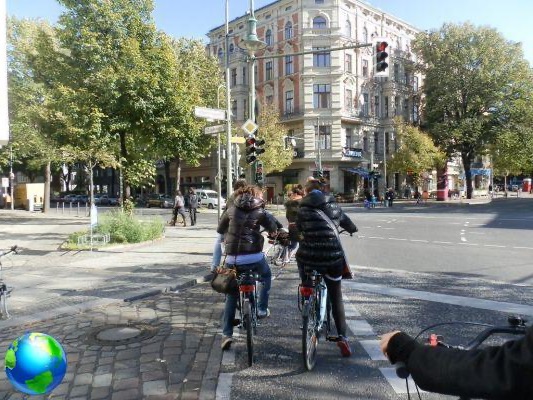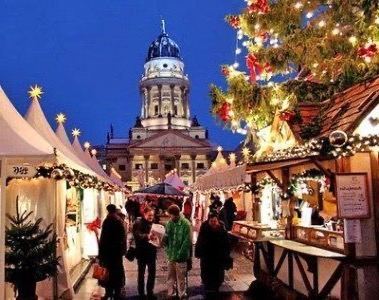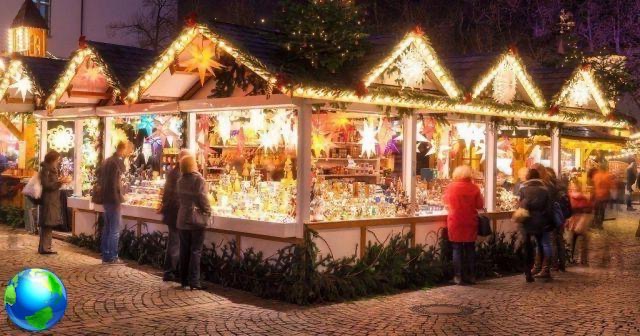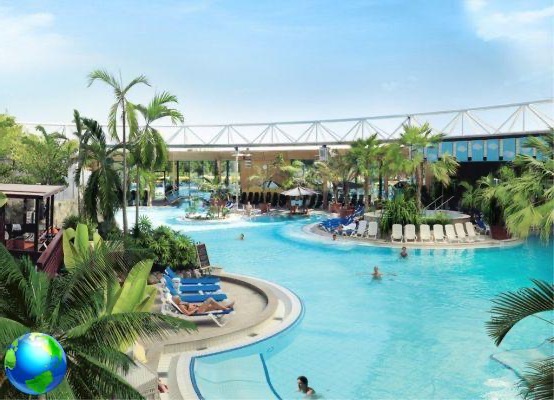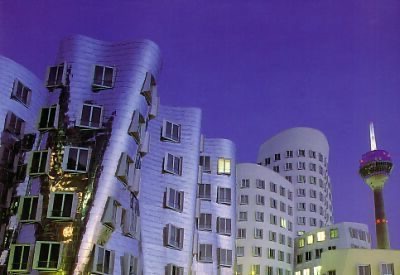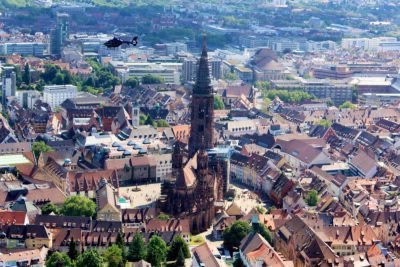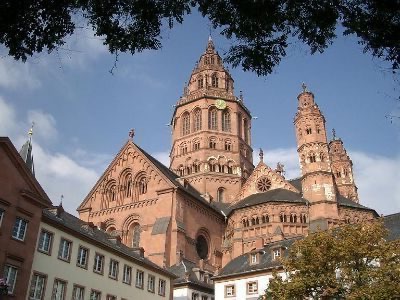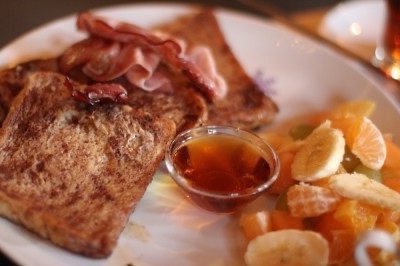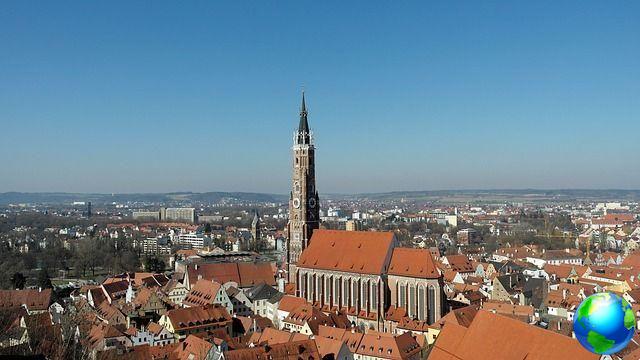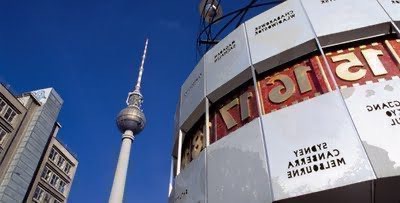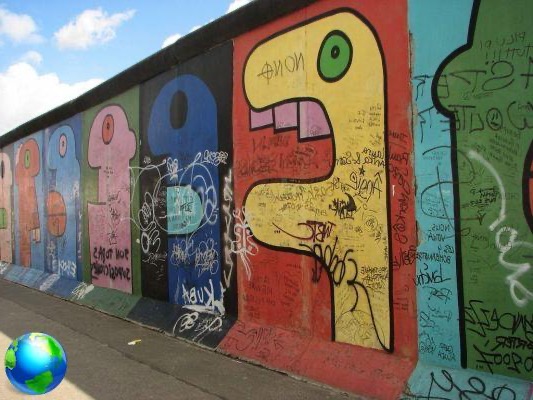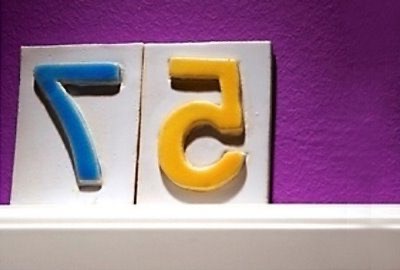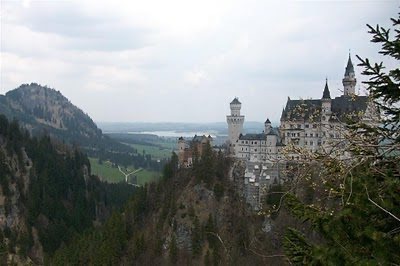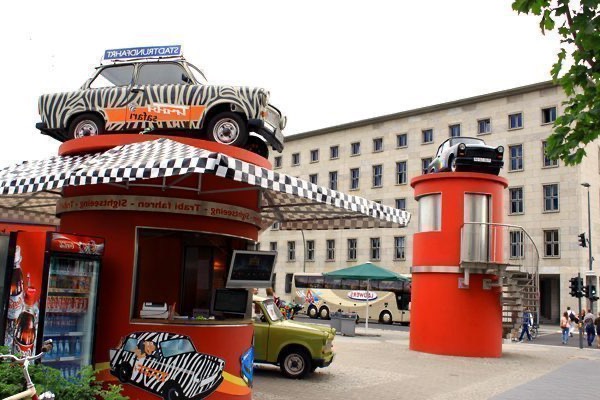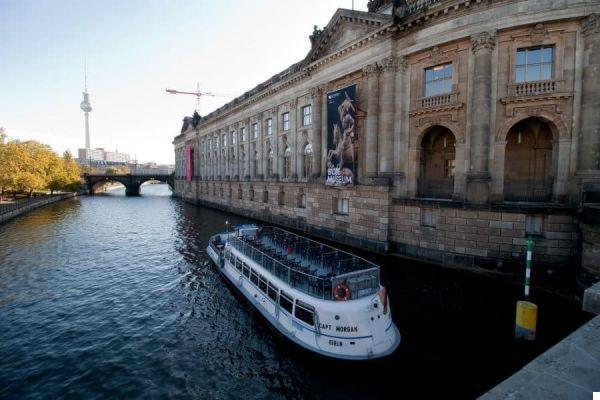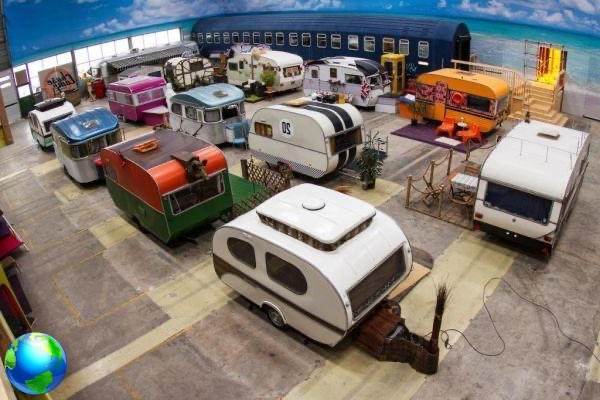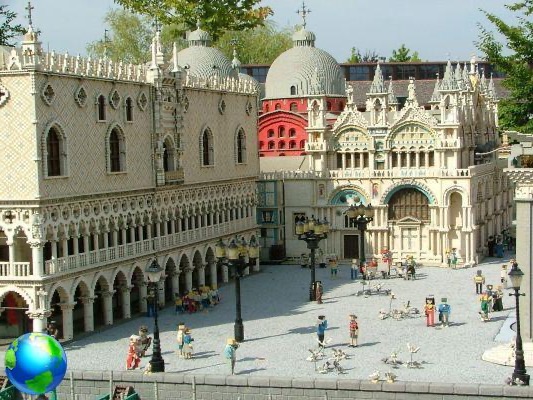An itinerary to discover the truest Bavaria, without touching Munich but wandering around the most characteristic cities without missing out on beer, sport and relaxation on the Danube.
Bavaria is beer and Oktoberfest, Bavaria is Munich, Bavaria is Ludwig's castles. So many different associations can come to mind to those who think of this great region of southern Germany for a trip. A Land that has included different regions, Bavaria, of course, but also there Swabia and Franconia, with different characteristics from each other. Not only at the table also in the character of the people and in the dialect. I was looking for a Bavaria that is certainly authentic but not obvious and I present it to you for a tour in seven days.

Following the Danube
The common thread of the region is the Danube - Donau. The great river originates in the Black Forest and runs through Europe eastwards, until it flows into the Black Sea after 2860 kilometers. In Bavaria, his bed is already very large and powerful. The city of Regensburg it is located on the Danube and is an excellent starting point for exploring the watercourse.
Regensburg it is a small but lively university city with a lovely old town, a beautiful gothic cathedral, historic breweries, a Rathaus (town hall) complete with dungeons and torture chambers that can be visited. The long Danube is beautiful, green, peaceful, where everyone goes for walks, jogging, cycling, swimming in the summer. A stone bridge from 1130 is the oldest crossing of the river and is being restored in recent months.
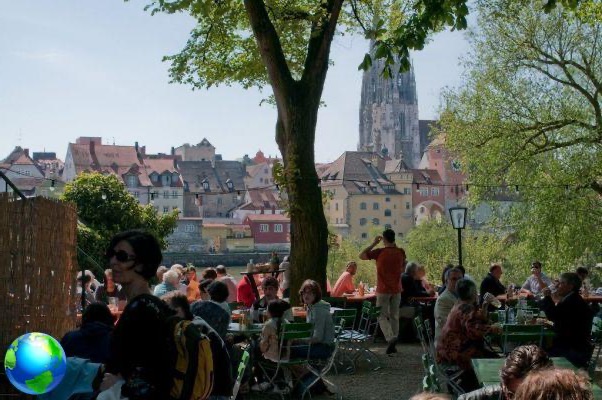
Along the river near the stone bridge there is also a "must" for a quick lunch, the Historische Wurstküche, a small house in which the house's wurst are cooked among clouds of smoke and at a continuous rhythm, served to 6, 12 or 20 pieces in aluminum plates with a side of sauerkraut and Bretzel at more than popular prices.
On the Danube with the boat you reach the Walhalla, one of Ludwig's architectural “delusions”. A large white marble temple high on a hill, where the busts of over one hundred greats of German culture are found. The ship that brings here takes two hours of navigation, at € 13,80 each.
Navigation more than recommended also from Kehlheim, east of Regensburg: the ship goes lazily in a spectacular stretch of the river, the Donaubruch or the gorges of the Danube. You navigate (very slowly) between walls of white limestone that forms strange figures, each with a name. The banks are dense with vegetation and except for the cycle path there are no roads. At the departure of the ship the river is dominated by Befreiungshalle, a circular monument which, again for Ludwig, was to celebrate the liberation from Napoleonic rule; on arrival, however, there is the ancient Benedictine convent of Weltenburg. For this stretch of the river you pay € 9,70 round trip but in Weltenburg you can stop for several hours because in addition to the parts open to the visit of the convent there is a large Biergarten.

The cycle paths are the real fil rouge of the Danube in this area, because they are an excellent connection between the various locations, up to Vienna and beyond. More or less experienced / equipped cyclists spend their holidays in this way, sleeping in campsites or guesthouses along the Danube. Tourist ships also allow bicycles to be transported, to shorten some sections. The Regensburg track is very popular because it leads to Passau, the gateway to Austria, without significant differences in height.
Passau is a city on the border with Austria, with a very southern aspect and characterized by three rivers that flow into the point where the city juts out into the water: the Danube, the Inn and the Ilz. The center is dominated by two buildings, the Veste Oberhaus, a fortification that rises over the river, and the Cathedral. Inside this cathedral is the largest organ in the world, a colossus of pipes located above the main door. Every day at noon the church is closed to visitors because an organ concert is held there for a paying audience.
I was very impressed in Passau by the constant presence of plaques and signs indicating the height of the water during the various floods. In cycles of years the water has reached surprising levels, the last time in 2013. The power of the Danube is frightening.

North of Passau lies the Bavarian forest or in the Bavarian Forest: certainly in Bavaria there are also the Alps that have another prestige, such as the peaks of Berchtensgaden where the Führer chose his “eagle's nest”, but in all honesty the modest hills of this area are more reassuring.
Green meadows and pastures, fir trees, lakes, traditional houses and above all the presence of a large National Park, the oldest in Germany. The mountains in the area are not necessarily for expert mountaineers, on the contrary they are the typical place where, with the family, you can find a thousand things to do. There are small trains to explore the mountains, there are salt mines, with guided tours suitable for everyone - almost always in German - there are adventure parks and wildlife parks. In short, spoiled for choice. If you want to base yourself in a locality you can choose Bodenmais, a very touristic town.
Moving further north you reach the Franconia region, Franken in German. Here, too, there are interesting green areas in the middle of the mountains such as the Fränkische Schweiz or Franconian Switzerland, where you can walk or canoe on the river. The capital of Franconia is an ancient and interesting city, which in history has had important leading roles: Nuremberg.

The center is surrounded by a circle of walls. Numerous interesting churches within these, the most popular being the Unsere Liebe Frau (Our Lady) which has a large carillon with figurines, which every day at noon shows the Electors and the Emperor.
But the stars of Nürnberg, in my opinion, are two: the House of Dürer and the Imperial Palace, the Kaiserburg occupies a whole hill, it was built several times over the centuries, from 1100 with the Hohenstaufen until 1600. All the emperors of the Holy Roman Empire of the German Nation passed through here, the city in fact enjoyed the status of Free Imperial City. The environments are different, the visit includes them all. Just outside the Kaiserburg is the house of Albrecht Dürer, one of the most famous German engravers and painters. The visit to the house is led by an actress who plays Agnes, Albrecht's wife.

Nuremberg is a big city and there are still many things to visit, for example the places of its more recent history, such as the places where the famous trial was held at the end of the Second World War.
You cannot leave Nürnberg without buying its most famous desserts, i Gingerbread. They are eaten at Christmas but are baked here all year round. They are dark and spicy, produced with ancient recipes that do not involve the use of flour. They are found on wafers, glazed with sugar, coated with chocolate or nature. They have an intense taste that is maintained over time if stored in tin boxes. Buy them in bakeries or specialized stores, you will not regret it.

However, the common thread of all the ideas of Bavaria that you can have is definitely there beer, in all the possible variations in which it is made: Hefeweizen, Helles, Lager, Bock, Malz. There are breweries in every village, all of them produce excellent beers, and even if you will always find the HB - Hofbräu, queen of Oktoberfest, also try the other unknown labels and you will not regret it. In summer, beer is the queen of popular Biergarten, gardens where there are tables and benches for the consumption of beer and wurst with self service at the counter. You can eat at a moderate cost: the choice is a bit monotonous, dramatic for vegetarians like me, but still picturesque and absolutely worth trying.




